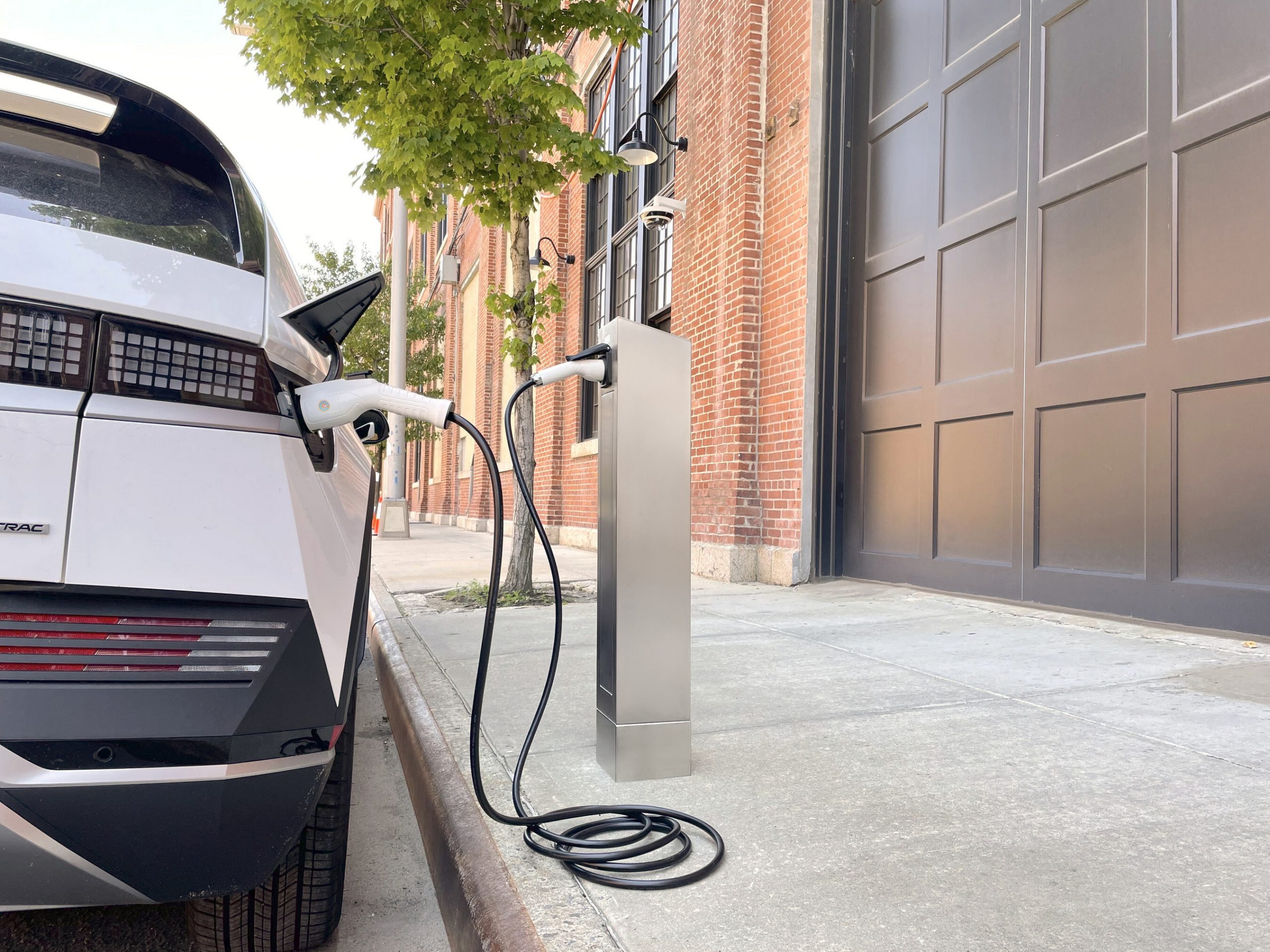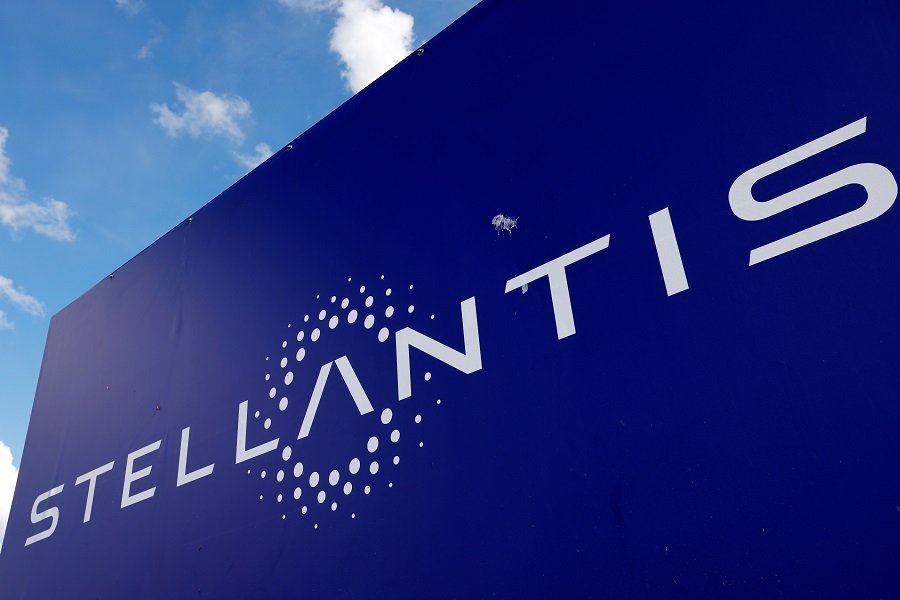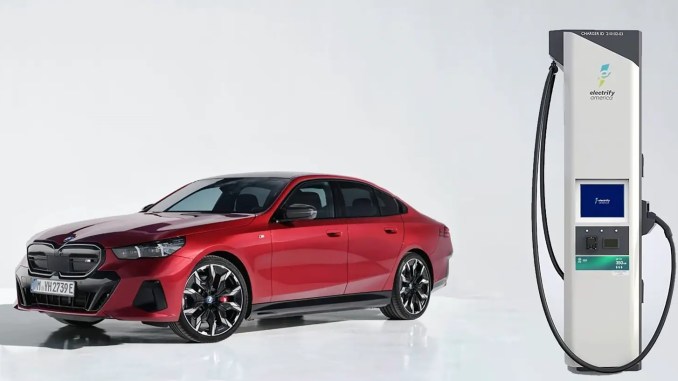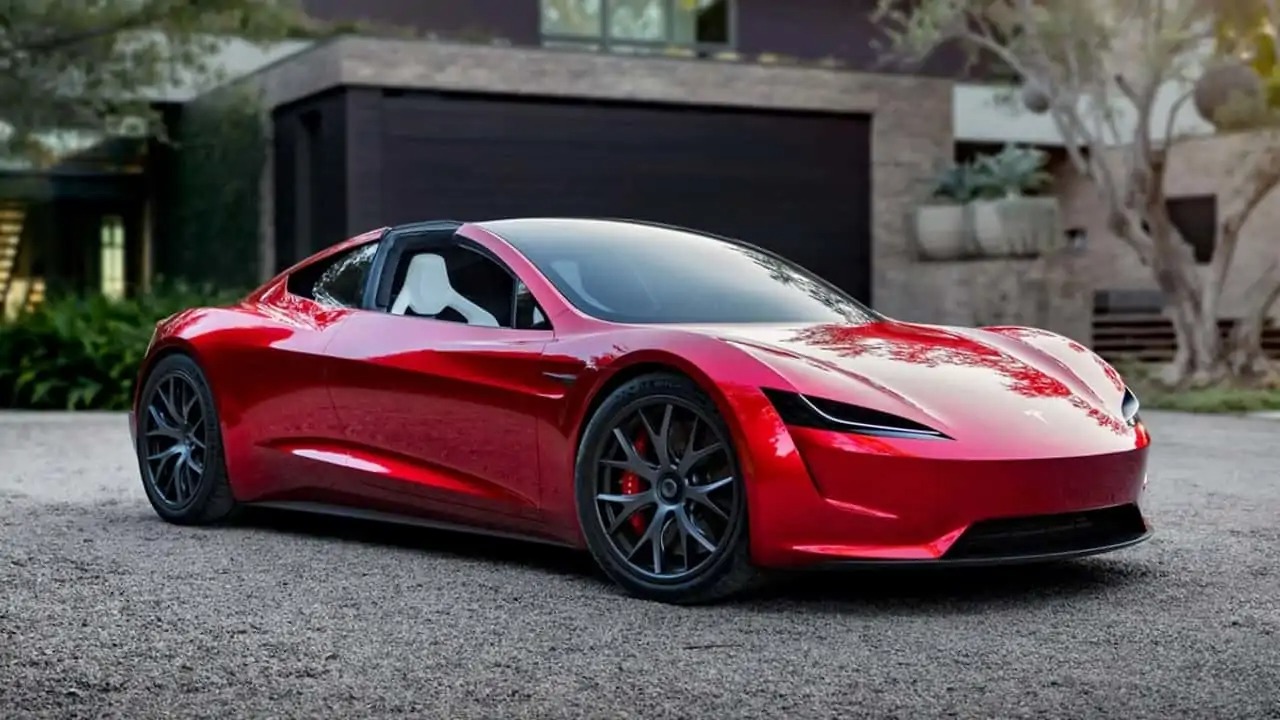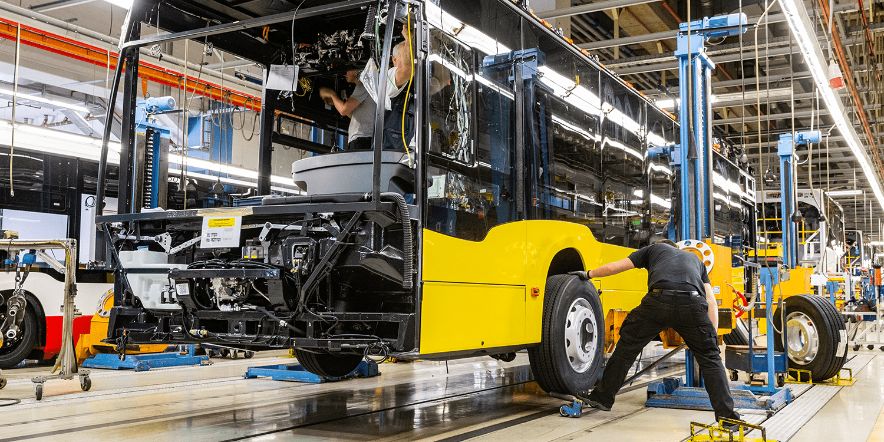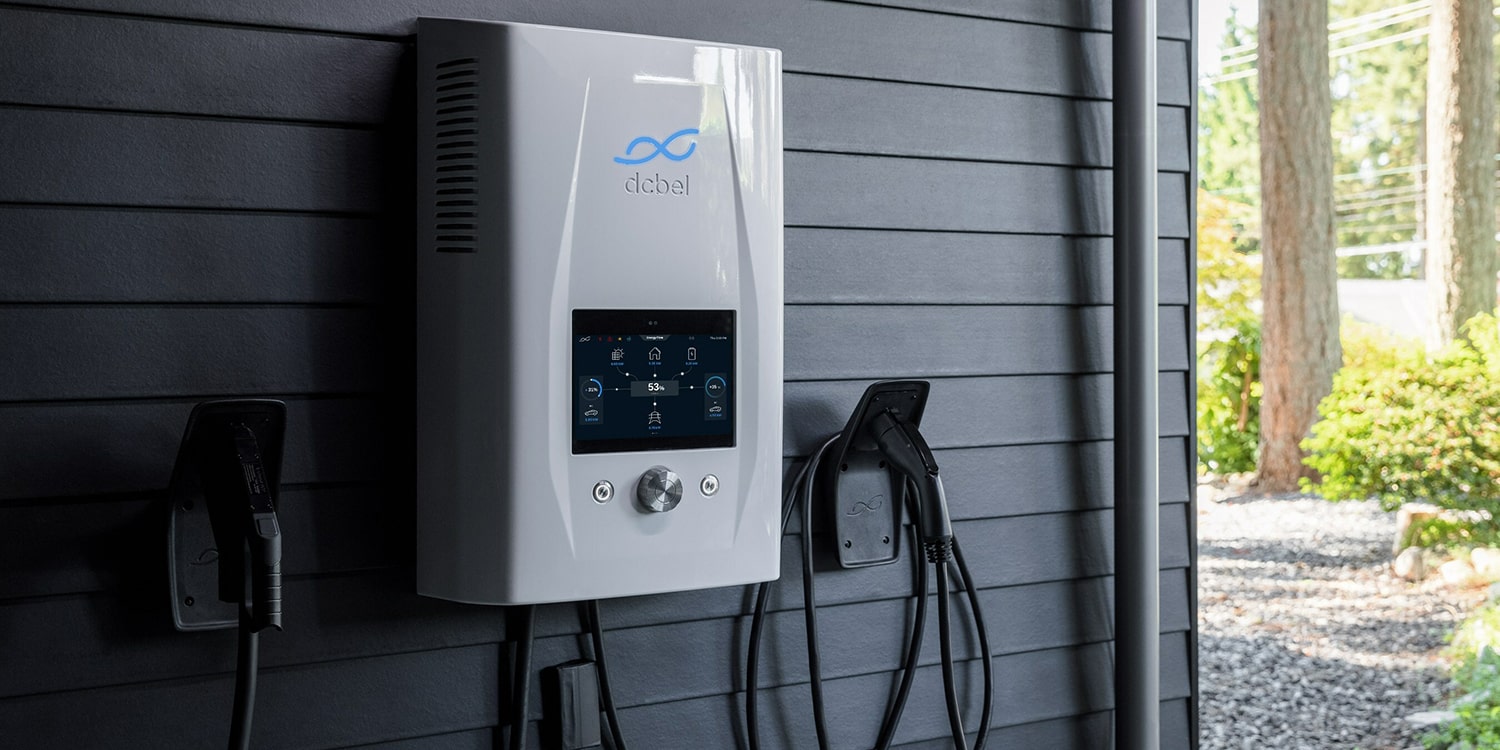Electric vehicles (EVs) have gained significant traction in recent years, but consumer concerns regarding their adoption still persist, primarily centered around a crucial factor: range. Addressing this issue, a new study conducted by S&P Global Mobility sheds light on potential solutions to bridge the gap between advertised and real-world EV range.
The study highlights the example of the Tesla Model 3 Performance AWD, which boasts a maximum range of 372 miles (599 km) under ideal conditions. However, when tested in real-world scenarios, the vehicle exhibited a range of only 310 miles (499 km).
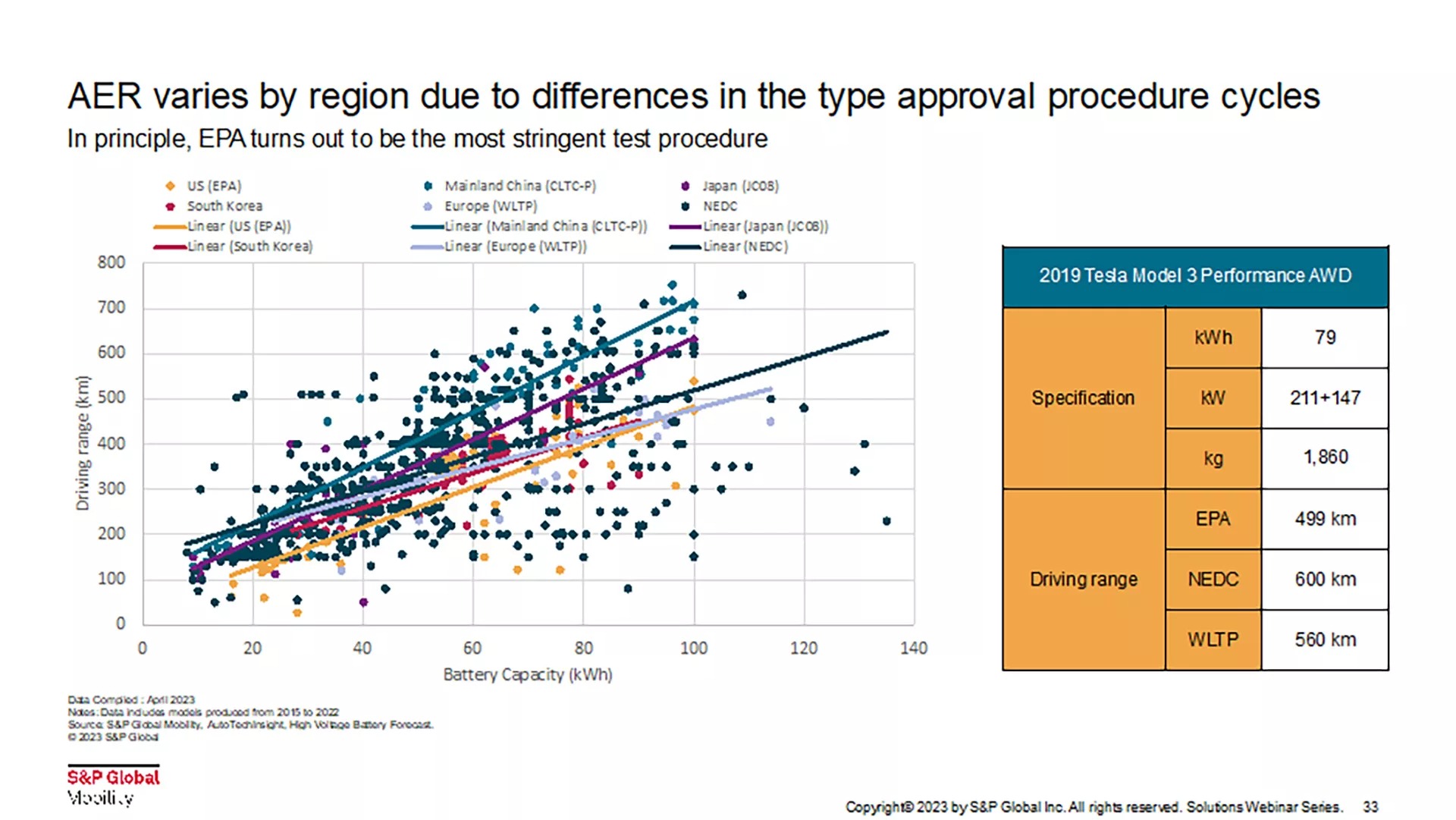
This variation becomes more problematic when considering the scarcity of charging stations compared to traditional gas stations and the relatively slower refueling process of EVs, contributing to range anxiety among consumers. Consequently, these factors have led to a decline in consumer interest in EVs, with S&P reporting that the proportion of people interested in purchasing an EV decreased from 8 in every 10 people in 2021 to 6 in every 10 people in 2022.
The study indicates that while two-thirds of participants find a range of 150-300 miles (241-483 km) acceptable, this acceptance is contingent upon the vehicle’s ability to deliver such range in real-world conditions.
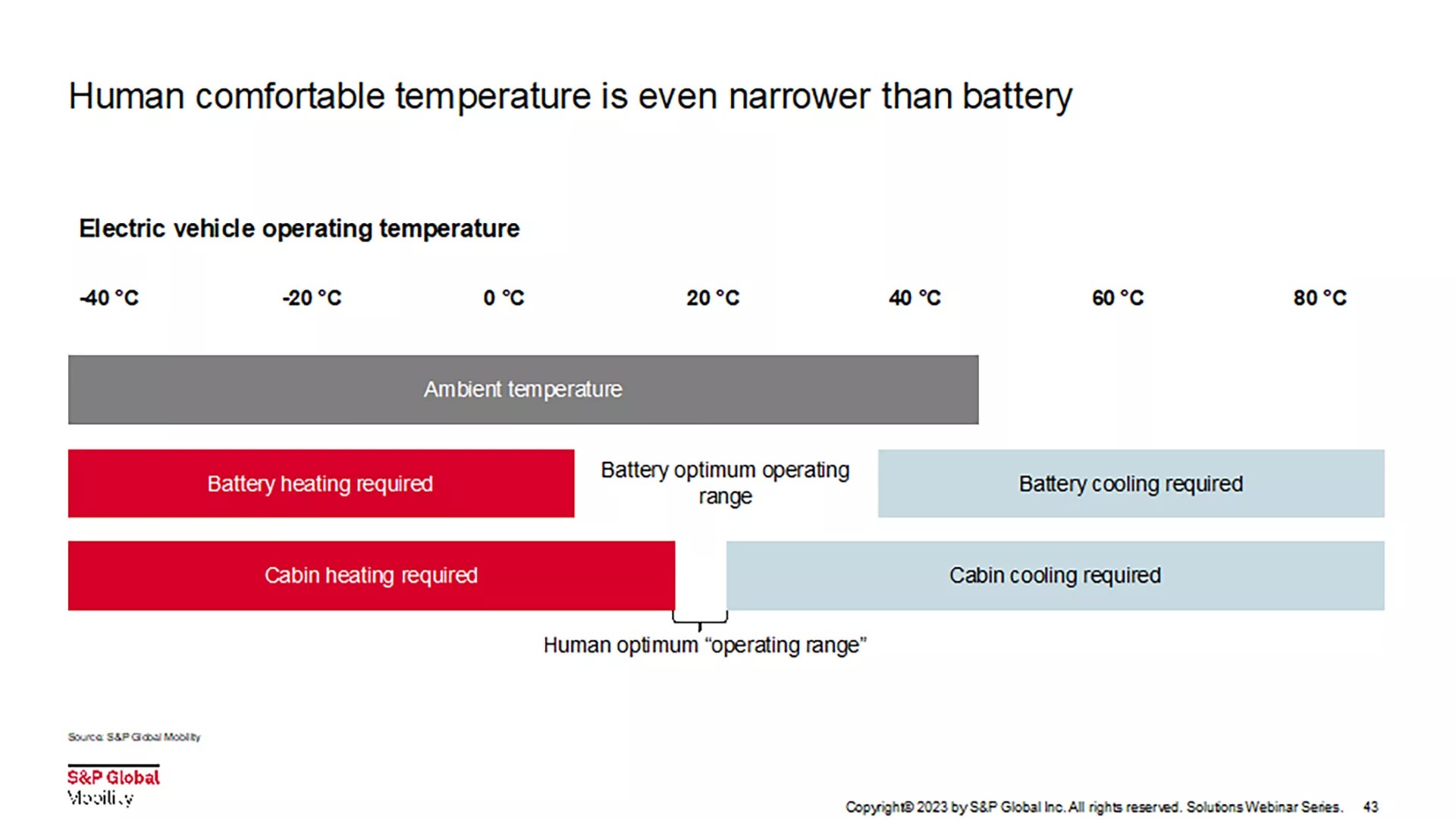
Through statistical analysis, the study identifies weight, motor power, and battery capacity as the primary factors influencing an EV’s range. Unfortunately, modern consumer preferences lean towards larger vehicles, such as SUVs, which tend to be heavier and less aerodynamic than sedans or wagons in the same segment. Consequently, these factors put SUVs at a disadvantage in terms of range efficiency.
To address this challenge, S&P Global Mobility suggests that advancements in battery technology could hold the key to resolving real-world range discrepancies. The analysis of over 900 EVs sold between 2017 and 2022 revealed a positive correlation between battery capacity and driving range. As manufacturers continue to explore more energy-dense battery solutions, they can offer greater electrical capacity within a smaller footprint, enabling extended range capabilities in vehicle models where it would have been previously unattainable. Additionally, as electric motors become more electrically efficient, they will contribute to increased capacity at the source while reducing power consumption.
The S&P Global Mobility study emphasizes the need to address real-world range discrepancies in EVs to alleviate consumer concerns and boost EV adoption. With a focus on advancements in battery technology, manufacturers can enhance the energy density and efficiency of EVs, ultimately providing consumers with greater driving ranges and helping to overcome existing barriers to widespread EV adoption.

